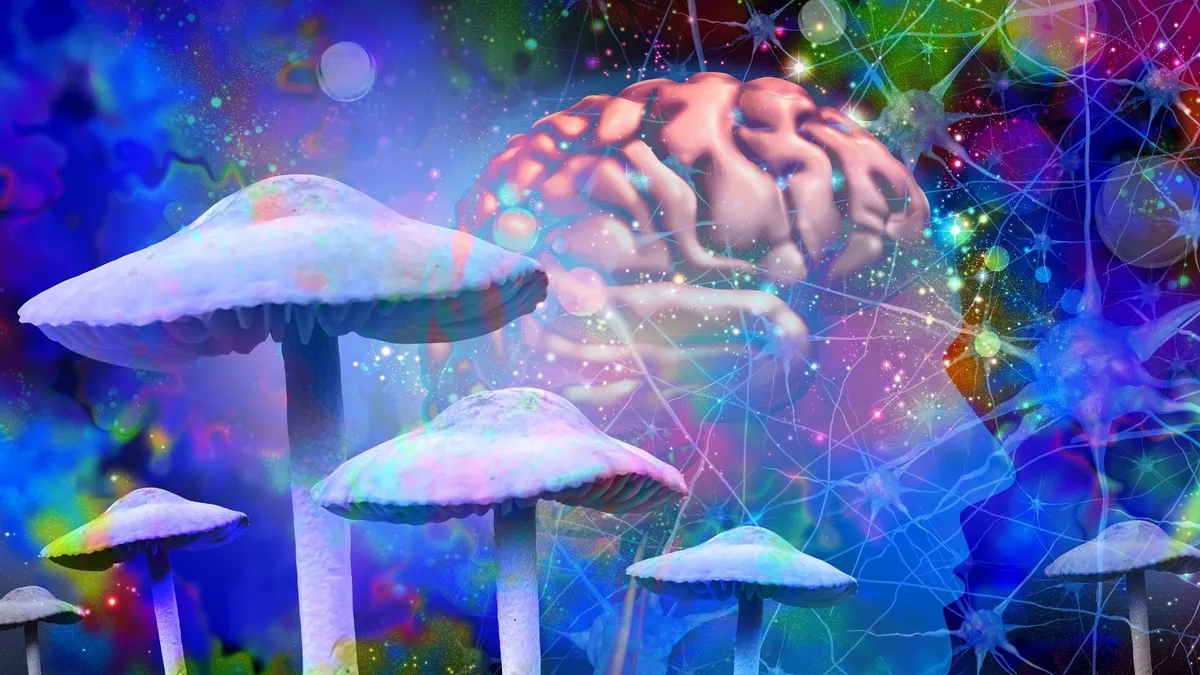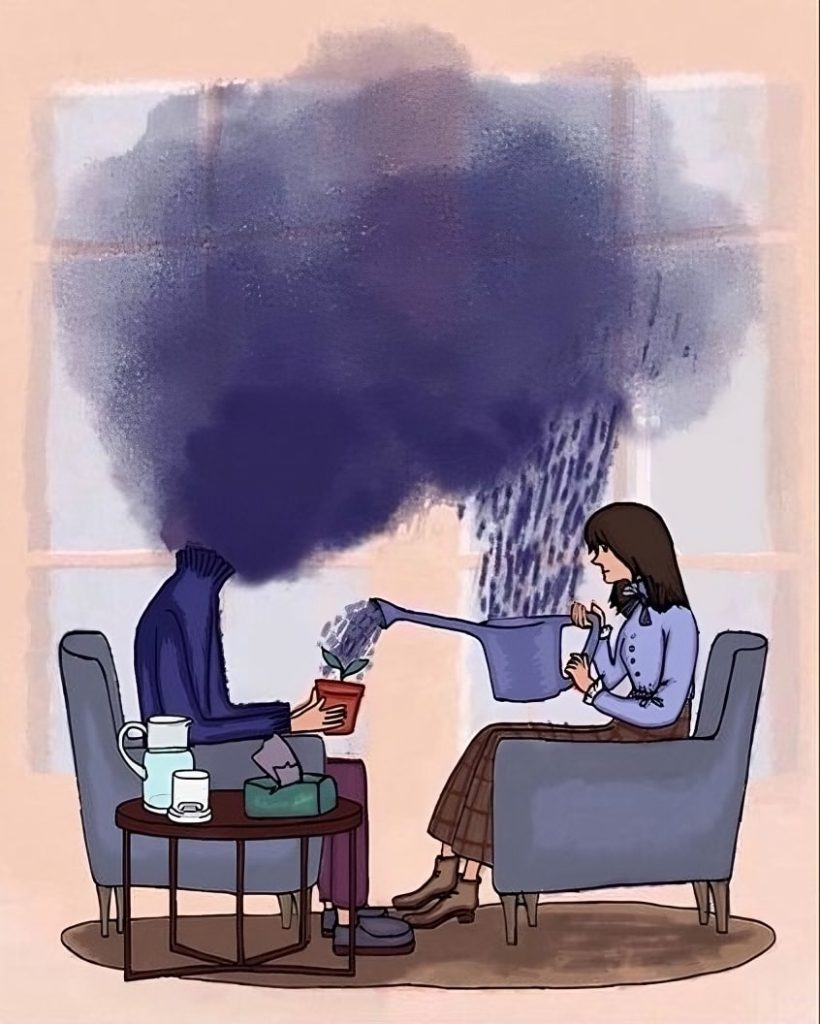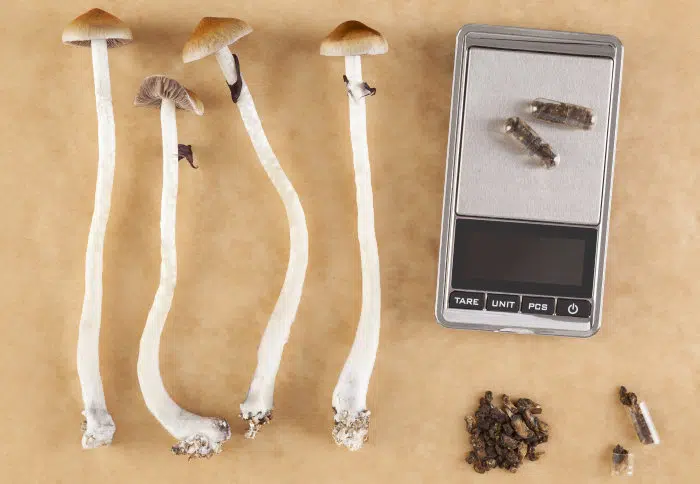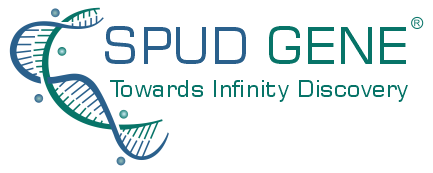

Home » Psychedelice » Treatment of Generalized Anxiety Disorder With Psilocybin
Generalized Anxiety Disorder (GAD)
Generalized Anxiety Disorder (GAD) is a mental health condition characterized by excessive and uncontrollable worry about everyday events and activities. People with GAD often experience persistent and overwhelming anxiety that can interfere with their daily functioning. The symptoms of GAD can include constant worrying about various areas of life, difficulty controlling the worry, restlessness, fatigue, trouble concentrating, irritability, muscle tension, and sleep disturbances. GAD can be a long-term challenge and may lead to other mental health conditions such as depression.
Contents
Symptoms of GAD
The symptoms of Generalized Anxiety Disorder (GAD) can present in various physical and psychological forms. According to the National Institute of Mental Health (NIMH) and Johns Hopkins Medicine, the common symptoms of GAD include:

Physical Symptoms:
- Trouble falling or staying asleep.
- Muscle tension or aches
- Fatigue or feeling tired all the time.
- Trembling or twitching
- Headaches
- Sweating
- Nausea or stomachaches
- Shortness of breath or trouble breathing
- Feeling lightheaded
- Urinating often
- Difficulty swallowing
- Irritable bowel syndrome
Mental Symptoms
- Ongoing worry and tension
- Viewing problems more intensely than those who don’t have GAD
- Overthinking plans or solutions
- Worst-case scenario thinking
- Viewing events as threatening even if they aren’t
- Restlessness or feeling on edge.
- A hard time dealing with uncertainty.
- A fear of making the wrong choice
- Trouble concentrating
- Tiring easily or being fatigued
- Increased crankiness or irritability
- Excessive, uncontrollable worry about everyday things
- Difficulty controlling the worry.
- Restlessness or feeling on edge.
- Difficulty concentrating, Impaired concentration or feeling as though the mind goes blank.
- Irritability
- Being easily startled
It’s important to note that GAD can be triggered by various factors, including family or environmental stress, chronic illness, and certain medical conditions. The symptoms of GAD may fluctuate over time and are often worse during times of stress.
Causes and Risk Factors of GAD
Generalized Anxiety Disorder (GAD) can be caused by a combination of biological, environmental, and psychological factors.
the following factors may increase the risk of developing GAD:
- Personality: A person whose temperament is timid or negative or who avoids anything dangerous may be more prone to developing GAD.
- Genetics: Studies have shown that the person with a family history of anxiety disorders are more likely to develop GAD themselves, indicating a genetic predisposition. Specifically, variations in genes related to the regulation of neurotransmitters such as serotonin and dopamine, as well as genes involved in the stress response, have been implicated in increasing susceptibility to GAD.
- Experiences: People with GAD may have a history of significant life changes, traumatic or negative experiences during childhood, or a recent traumatic or negative event.
- Chronic medical illnesses or other mental health disorders: These may increase the risk of developing GAD.
- Substance abuse: Substance abuse can increase the risk of developing GAD. If a person consumes specific medications or suffers from a substance abuse disorder, they might experience anxiety as a symptom. Numerous types of medications have the potential to induce this condition.
- Socioeconomic and ethnic factors: Members of poor minority groups, particularly immigrants, tend to be at greater risk for developing GAD.
- Cultural factors: Cultural expectations, such as gender roles, may also contribute to the development of GAD.
- Brain chemistry : Generalized Anxiety Disorder (GAD) has been associated with complications in specific nerve cell pathways that interconnect specific brain regions responsible for cognitive and emotional processes. These connections between nerve cells rely on neurotransmitters, chemical substances that transmit information from one nerve cell to another. If the pathways connecting specific brain regions are impaired, it can lead to difficulties in mood regulation and anxiety. Medications, psychotherapies, or alternative treatments that target these neurotransmitters are believed to enhance communication between circuits and alleviate symptoms associated with anxiety and depression.
- Medical conditions: Anxiety can also be induced by certain conditions, such as hyperthyroidism, which leads to an increase in hormone levels. Additionally, various chronic illnesses and diseases can contribute to the development of Generalized Anxiety Disorder (GAD).
It’s important to note that GAD can be triggered by family or environmental stress, chronic illness, and certain medical conditions. The symptoms of GAD may fluctuate over time and are often worse during times of stress.
GAD Treatment
GAD, or Generalized Anxiety Disorder, is commonly managed through a combination of psychotherapy and medication. The primary medications used to treat GAD are antidepressants, such as SSRIs and SNRIs, as well as anti-anxiety medications like benzodiazepines. These medications may take a few weeks to take effect and can have side effects. Psychotherapy, particularly CBT, is a well-established form of therapy for GAD. CBT helps individuals develop new ways of thinking, behaving, and responding to situations, ultimately reducing anxiety and worry. ACT, or acceptance and commitment therapy, is another treatment option for GAD. Alongside medication and psychotherapy, counseling, relaxation techniques, and lifestyle changes to minimize stress and avoid triggers may also be part of the treatment approach for GAD.
Medications
The medications commonly prescribed for the treatment of Generalized Anxiety Disorder (GAD) include:
Antidepressants:
Selective Serotonin Reuptake Inhibitors (SSRIs): These are commonly used to treat depression but are also effective in treating the symptoms of GAD. They may take several weeks to start working and can cause side effects such as headaches, nausea, or difficulty sleeping.
Serotonin-Norepinephrine Reuptake Inhibitors (SNRIs):
Like SSRIs, SNRIs are also used to treat depression and can help alleviate the symptoms of GAD. They may also take several weeks to become effective.
Anti-anxiety Medications:
Benzodiazepines: These medications, such as alprazolam, clonazepam, and lorazepam, are used to provide immediate relief from severe anxiety. However, they are generally prescribed for short-term use due to the risk of dependence and the potential for abuse.
Other Medications:
Buspirone: A non-benzodiazepine anxiolytic that is approved for the treatment of GAD in adults.
Pregabalin: A medication that binds to the α2δ subunit of voltage-gated calcium channels, decreasing the release of neurotransmitters. It is used to treat GAD and is effective.
Psychotherapies
Cognitive Behavioral Therapy (CBT)
Cognitive-behavioral therapy (CBT) is a well-researched form of psychotherapy that is commonly employed in the treatment of Generalized Anxiety Disorder (GAD). The typical approach to CBT for GAD involves several key components, including the development of a functional analysis, the provision of psychoeducation, the exploration of new behaviors and emotions (such as exposure and relaxation techniques), and the utilization of a cognitive framework. During CBT, the therapist assists the patient in identifying and challenging negative thoughts and beliefs that contribute to their anxiety and worry. The ultimate objective is to replace these negative cognitions with more positive and realistic ones, thereby reducing anxiety levels and enhancing overall well-being. CBT for GAD is typically a short-term and structured treatment that focuses on the intricate interplay between conscious thoughts, emotions, and behaviors that contribute to anxiety. To facilitate the acquisition of new coping skills and the reduction of anxiety, therapists may employ various techniques, including exposure therapy, relaxation techniques, and cognitive restructuring. CBT can be administered in different formats, such as individual therapy, group therapy, and internet-delivered CBT (I-CBT).
Acceptance and Commitment Therapy
Acceptance and Commitment Therapy (ACT) is a psychotherapeutic approach that has proven to be efficacious in addressing anxiety disorders, including Generalized Anxiety Disorder (GAD). ACT places a strong emphasis on fostering acceptance of negative thoughts, emotions, and symptoms, while simultaneously encouraging individuals to take action by their values rather than being driven by anxiety. In the context of GAD, ACT involves assisting individuals in clarifying their values and committing to behaviors that align with those values. This therapeutic modality is highly interactive and hands-on, with many of the concepts being actively practiced during therapy sessions. The duration of ACT treatment can vary depending on the specific needs of the patient, but a 12-week course of treatment is commonly recommended and has demonstrated effectiveness. Notably, ACT is superior to placebo and equally effective as standard treatment, thus establishing its merit as a viable option for anxiety management. It is frequently utilized in conjunction with other therapeutic approaches, such as medication and cognitive behavioral therapy, to optimize treatment outcomes.

Psilocybin and Generalized Anxiety Disorder.
Psilocybin, which is the psychoactive component in “magic mushrooms,” has gained considerable attention for its ability to potentially alleviate symptoms of anxiety, depression, and other mental health conditions. Recent research suggests that psilocybin may have a unique mechanism of action that could offer new therapeutic effects for treating Generalized Anxiety Disorder (GAD).
Studies investigating the effects of psilocybin on anxiety disorders have shown promising results. In a recently conducted randomized controlled trial, the effects of a single dose of psilocybin were compared to a single dose of niacin, both in conjunction with psychotherapy, for patients experiencing psychiatric distress related to cancer. The study found that psilocybin-assisted psychotherapy led to improvements in psychiatric and existential distress, as well as quality of life, for up to seven weeks after the treatment. Additionally, at the 6.5-month follow-up, after the crossover, a significant proportion of participants (60-80%) still met the criteria for clinically significant antidepressant or anxiolytic responses. This current study represents a long-term analysis of self-reported symptoms, focusing on a subset of participants who had completed the initial trial and were still alive. Out of the 16 participants contacted, 15 agreed to participate in this follow-up analysis, which took place on average 3.2 and 4.5 years after using psilocybin. The findings revealed that reductions in anxiety, depression, hopelessness, demoralization, and death anxiety were sustained at both the first and second follow-ups. The effect sizes within the group were found to be large. At the second follow-up (4.5 years), approximately 60-80% of participants still met the criteria for clinically significant antidepressant or anxiolytic responses.
Interestingly, the participants in the study overwhelmingly attributed positive changes in their lives to their experiences with psilocybin-assisted therapy. A significant majority, ranging from 71% to 100% of the participants, considered these experiences to be personally meaningful and spiritually significant. These findings indicate that psilocybin-assisted psychotherapy holds promise in providing long-term relief from psychiatric distress associated with cancer.
Numerous studies have provided evidence that psilocybin-assisted psychotherapy can result in significant and long-lasting reductions in anxiety and depression among patients. For instance, a 2016 randomized double-blind trial demonstrated that psilocybin led to substantial decreases in anxiety and depression, as assessed by both clinicians and patients themselves. Additionally, it was found that psilocybin therapy also improved measures of quality of life, life meaning, death acceptance, and optimism.

In a small-scale double-blind study conducted at Johns Hopkins, a majority of cancer patients experiencing anxiety related to their diagnosis reported positive changes in their mood, behavior, and spirituality after receiving a single dose of psilocybin. The study aimed to address the existential anxiety commonly faced by individuals confronting a life-threatening cancer diagnosis, and the results were promising, consistently showing positive transformations in attitudes, moods, and behavior.
The potential of psilocybin to alleviate anxiety and depression associated with cancer has sparked increased interest in its therapeutic application. However, further research is necessary to fully comprehend its safety and effectiveness. Nevertheless, the findings thus far suggest that psilocybin could offer a novel approach to addressing the psychological distress experienced by individuals with severe cancer. This emerging evidence may potentially revolutionize the treatment of cancer-related depression and anxiety, paving the way for the integration of psilocybin therapy into cancer centers in the future.
The potential therapeutic effects of psilocybin on anxiety disorders are thought to be related to its ability to modulate brain function and promote neuroplasticity. Psilocybin interacts with serotonin receptors in the brain, leading to changes in neural activity and connectivity. This modulation of brain networks may underlie the profound shifts in perception and cognition reported by individuals under the influence of psilocybin and could contribute to its therapeutic effects on anxiety.
Conclusion
In conclusion, Generalized Anxiety Disorder (GAD) is a serious and often incapacitating condition that affects a considerable number of people worldwide.
Based on current evidence, psilocybin holds promise as a potential therapeutic tool for anxiety disorders, particularly when combined with psychotherapy and administered in controlled settings. However, more extensive research is necessary to definitively establish its efficacy and safety profile.


